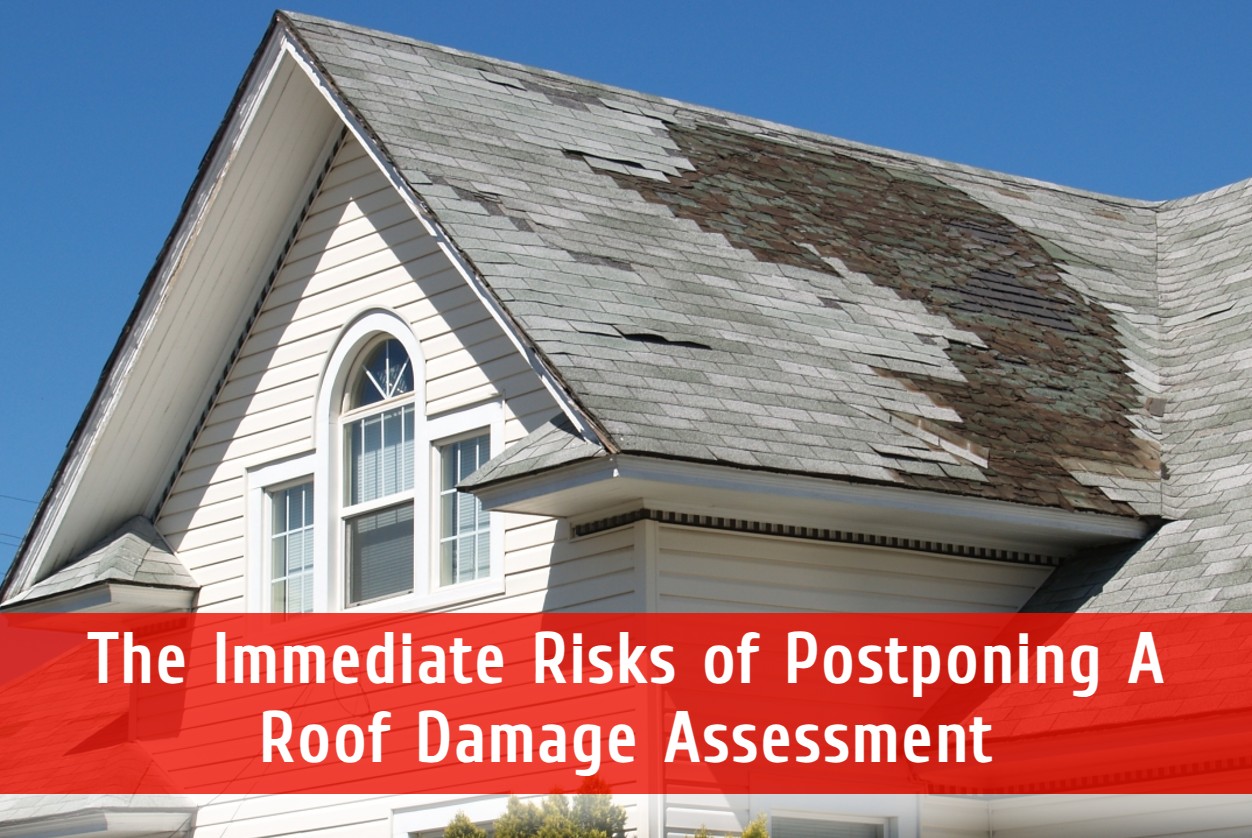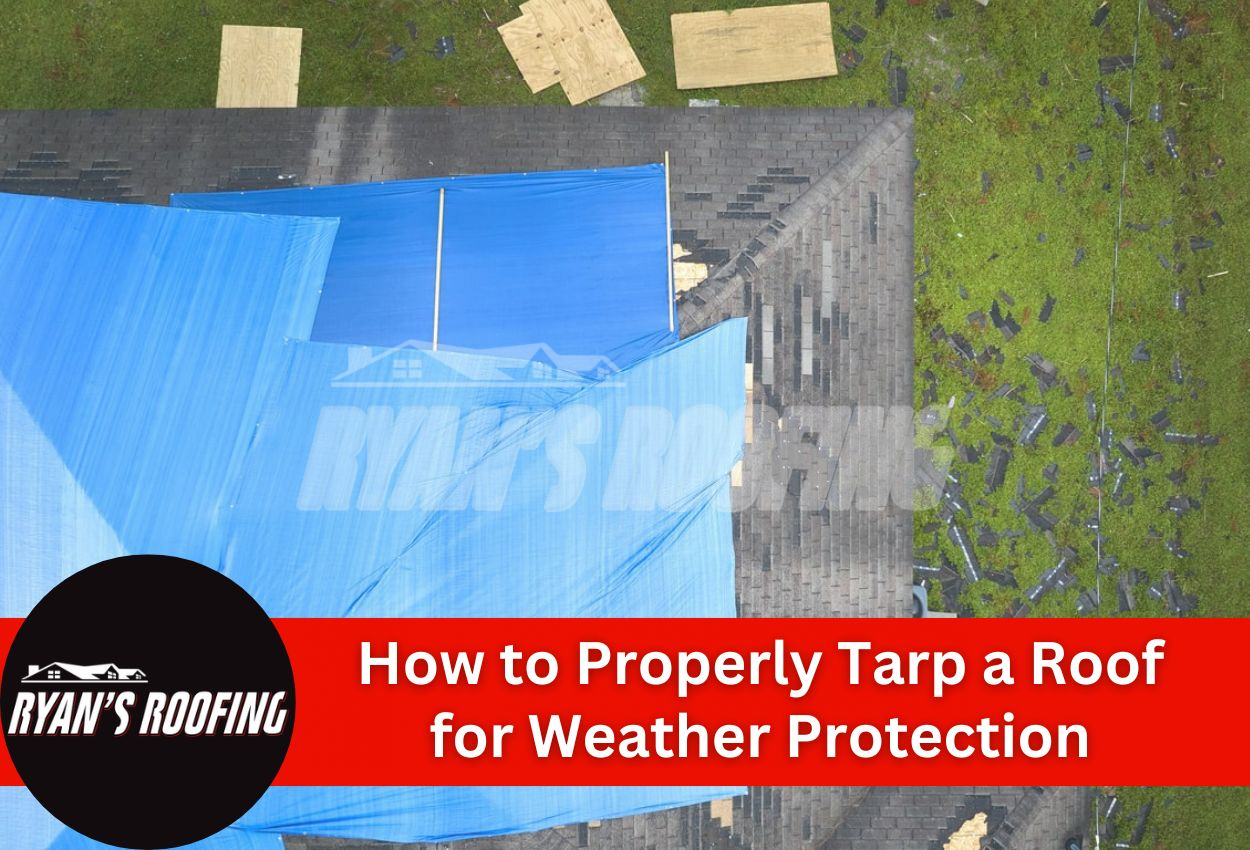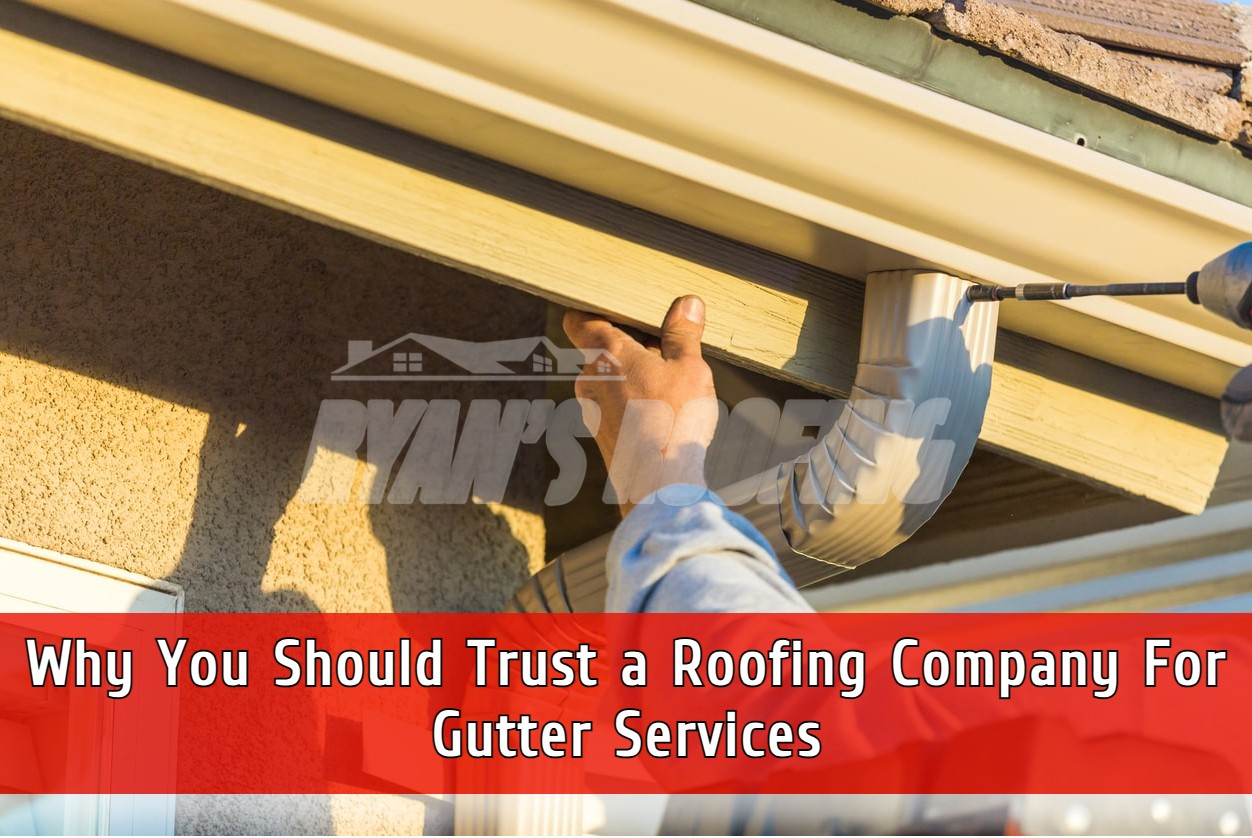
Pennsylvania summers bring more than just backyard barbecues and pool days — they come with challenges for residential roofing systems across Harrisburg and surrounding areas. As temperatures climb and UV exposure intensifies, your roof silently endures stress that can lead to significant damage. The combination of scorching heat, sudden temperature fluctuations, and relentless sunshine can accelerate shingle deterioration and compromise your roof’s structural integrity.
Heat-related roof damage occurs gradually but can have lasting consequences for homeowners. When asphalt shingles are exposed to excessive heat, they may begin to curl, crack, or even blister. The protective granules that shield your roof from the elements can loosen and wash away during summer storms, leaving the underlying materials vulnerable to further damage. Metal roofing components expand and contract with temperature changes, potentially creating gaps where moisture can enter.
Being proactive about summer roof care isn’t just about preventing immediate problems, it’s about extending your roof’s lifespan and avoiding expensive repairs down the road. Understanding how high temperatures impact different roofing materials allows homeowners to implement appropriate maintenance strategies and recognize early warning signs of heat-damaged roofing materials. With Pennsylvania’s increasingly warm summers, knowing how to protect your roof from heat-related issues has never been more important.
How Extreme Temperatures Accelerate Roof Deterioration
The science behind thermal expansion and contraction explains why Pennsylvania’s summer heat poses a threat to your home’s roofing system. When temperatures soar during Harrisburg summers, roofing materials expand in response to the heat. As evening brings cooler temperatures, these same materials contract. This continuous cycle creates stress on your roof’s structure, gradually weakening its components over time.
Asphalt shingles, the most common roofing material for Pennsylvania homes, are especially vulnerable to heat damage. Prolonged exposure to temperatures above 90 degrees Fahrenheit can cause shingles to become brittle and lose their protective oils. This acceleration of the aging process can reduce a typical 20 to 25-year shingle lifespan by several years. The intense summer sun breaks down the adhesive seals between shingles, potentially leading to blow-offs during storms.
Metal roofs, while durable, aren’t immune to heat effects either. Extreme temperature fluctuations can loosen fasteners and create gaps at seams. Wood shakes and shingles may crack and split when repeatedly baked by summer heat, while rubber roofing materials can become permanently damaged if exposed to sustained high temperatures. Dark-colored roofing materials absorb more heat, making them more susceptible to temperature-related deterioration. Understanding how heat impacts different roofing materials helps homeowners recognize when their roofing system might be suffering from heat-related damage.
Shingle Damage: The Most Vulnerable Part of Your Roof
Asphalt shingles bear the brunt of summer heat stress in Harrisburg. When exposed to prolonged high temperatures, shingles undergo several visible transformations that signal distress. The most common heat-related damage includes curling, where edges begin to lift or cup upward as the asphalt expands unevenly. Cracking often follows as the shingle material becomes brittle from UV radiation and loss of oils. Perhaps most concerning is granule loss, where the protective mineral coating begins washing away, exposing the underlying asphalt to further degradation and shortening the roof’s lifespan.
Not all shingles respond to heat in the same way. Architectural shingles, with their multiple layers and higher weight, typically withstand Harrisburg’s summer conditions better than standard 3-tab varieties. The thicker construction provides better insulation and resistance to heat transfer. 3-Tab shingles, being thinner and lighter, are more prone to curling and warping during temperature spikes. Premium shingles containing specialized cooling granules can reflect more solar energy, reducing heat absorption by up to 30% compared to standard materials.
Shingle color also plays a role in heat resistance. Lighter-colored shingles reflect more sunlight, staying up to 50 to 60 degrees cooler than darker alternatives during peak summer days. This temperature difference not only preserves the shingles’ integrity but can also improve home energy efficiency throughout Pennsylvania’s hot months.
Beyond Shingles: How Heat Affects Your Complete Roofing System
While shingles often receive the most attention when discussing heat damage, your roof is a complex system with multiple components vulnerable to summer temperatures. The underlayment, the barrier between your shingles and decking, can become brittle and crack when subjected to Harrisburg’s summer heat cycles. This deterioration compromises its water-resistant properties, potentially allowing moisture into your home even if shingles appear intact. Metal flashing, typically found around chimneys and vents, expands in high temperatures and can warp or loosen.
Roof adhesives and sealants face particular challenges during heat waves. Many roofing adhesives have temperature thresholds above which they begin to soften or lose effectiveness. When temperatures exceed 90 degrees Fahrenheit for extended periods, the seal between shingle layers can weaken, making your roof more vulnerable to wind damage during summer storms. Caulking around penetrations may crack or shrink, creating entry points for water that aren’t visible from ground level.
Poor attic ventilation significantly compounds heat-related roofing problems. When your attic traps hot air, temperatures can soar to 150 degrees Fahrenheit or higher, essentially cooking your roof from below. This excessive heat accelerates the aging of roof decking and can cause rafters to warp or crack over time. Proper ventilation systems, including ridge vents, soffit vents, and attic fans, play a crucial role in extending roof life by reducing temperature extremes and preventing heat buildup that damages the entire roofing structure.
Proactive Strategies to Protect Your Roof During Hot Weather
Taking preventive action before summer heat intensifies can save Harrisburg homeowners significant repair costs and extend roof longevity. Schedule a professional inspection in late spring to identify and address vulnerable areas before temperatures peak. A qualified roofing contractor can spot early signs of heat-damaged roofing materials, such as loose shingles or deteriorating sealants, that might worsen during summer. Cleaning your gutters and downspouts allows water to flow away from the home during sudden summer storms, preventing water from backing up under shingles that are already stressed by heat.
Improving attic insulation and ventilation creates a powerful defense against heat damage. A well-insulated attic with proper airflow can reduce roof surface temperatures by up to 50 degrees, dramatically slowing the deterioration of roofing materials. Consider installing additional vents or attic fans to create consistent air circulation that expels hot air before it can damage your roof from below. Radiant barriers installed in attic spaces reflect heat away from your home, reducing thermal transfer to your roofing system.
Strategically placed trees can also protect your roof from intense afternoon sun. While this represents a long-term solution, mature trees that partially shade your roof during the hottest hours can significantly reduce surface temperatures and UV exposure. For immediate protection, consider applying reflective roof coatings. These specialized treatments can reflect up to 85% of sunlight, keeping your roof substantially cooler throughout Pennsylvania’s increasingly warm summers.
Warning Signs of Heat-Damaged Roofing Materials
Being able to identify heat damage early can save Harrisburg homeowners thousands in repair costs. The first visible sign of heat stress often appears as shingle curling, where the edges or corners begin to lift away from the roof surface. Blistering, small bubbles on the shingle surface, indicate trapped moisture that has vaporized during intense heat. Granule loss is clear when you notice unusual amounts of mineral particles in gutters or downspouts, leaving a patchy appearance on your shingles and reducing their protective capabilities.
Color fading represents another telltale indicator of heat damage. As UV rays break down the pigments in roofing materials, once-vibrant shingles take on a washed-out appearance. This fading isn’t merely cosmetic, it signals that UV degradation is actively compromising your roof’s durability. Watch for buckling shingles that wave or distort across your roof plane, often resulting from excessive expansion and contraction during temperature fluctuations.
Harrisburg homeowners can safely perform basic visual inspections from the ground using binoculars during the summer months. Focus on areas receiving the most direct sunlight, typically south and west-facing slopes. Examine roof valleys, flashing points, and areas around roof penetrations where heat tends to concentrate. Early morning inspections reveal the most detail as angled sunlight highlights surface irregularities that indicate developing problems. By catching these warning signs early, you can address heat-related roof damage before it requires extensive repairs or premature roof replacement.
Professional Maintenance: When and Why to Call a Harrisburg Roofing Expert
Regular professional maintenance is necessary to preserve your roof’s integrity through Pennsylvania’s challenging summer weather. Most Harrisburg area homes benefit from biannual professional inspections: one in spring before summer heat arrives and another in fall to address any heat-related damage that occurred. A thorough professional inspection should include an assessment of shingle condition, all flashing points, sealants around penetrations, and a check of your attic ventilation system’s performance during hot weather.
While DIY visual inspections help spot obvious issues, professional roofers have the training to identify subtle heat damage in its early stages. They can detect premature granule loss, minor adhesive failures, and early signs of UV deterioration that homeowners typically miss. Professionals can safely access and inspect areas where heat damage often begins, such as around chimneys, vents, and in valleys where solar exposure is concentrated.
What starts as slightly curled shingles can quickly progress to moisture infiltration if summer storms follow intense heat periods. Addressing roof damage as soon as it is noticed can extend your roof’s lifespan by years and maintain your home’s energy efficiency during hot weather. When Pennsylvania’s summer temperatures consistently exceed 90 degrees Fahrenheit, having an experienced roofing professional evaluate your roof’s heat resilience provides valuable peace of mind and protection for your investment.
Protect Your Roof with Ryan’s Roofing LLC This Summer
As the summer heat intensifies, understanding how to protect your roof from temperature extremes is crucial. At Ryan’s Roofing LLC, we specialize in assessing and repairing heat-related damage to ensure your roof remains robust and effective. Proactive maintenance is key to preventing future repairs caused by the harsh Pennsylvania sun and temperature fluctuations.
Don’t wait for visible signs of damage to take action. Contact Ryan’s Roofing LLC at (717) 608-1587 today to schedule a professional inspection. Our expert team can spot roof issues early and implement effective solutions to shield your roof from the severe summer weather. Safeguard your home by choosing Ryan’s Roofing LLC, where quality meets reliability.




